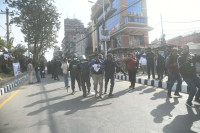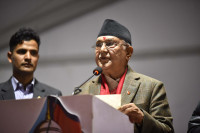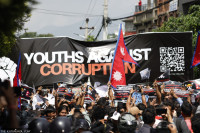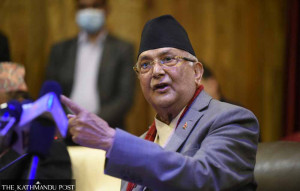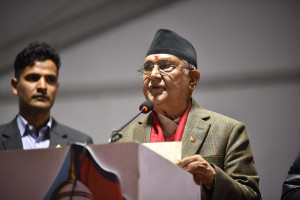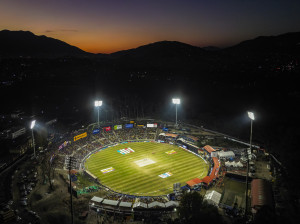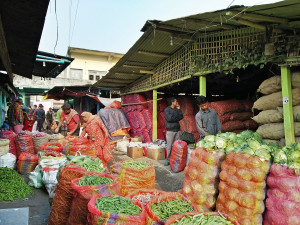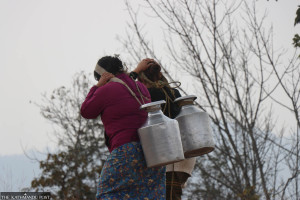Editorial
Found in transition
With polls yesterday, Nepal is on its way to completing political transition that started in 2006 but a lot still remains to be done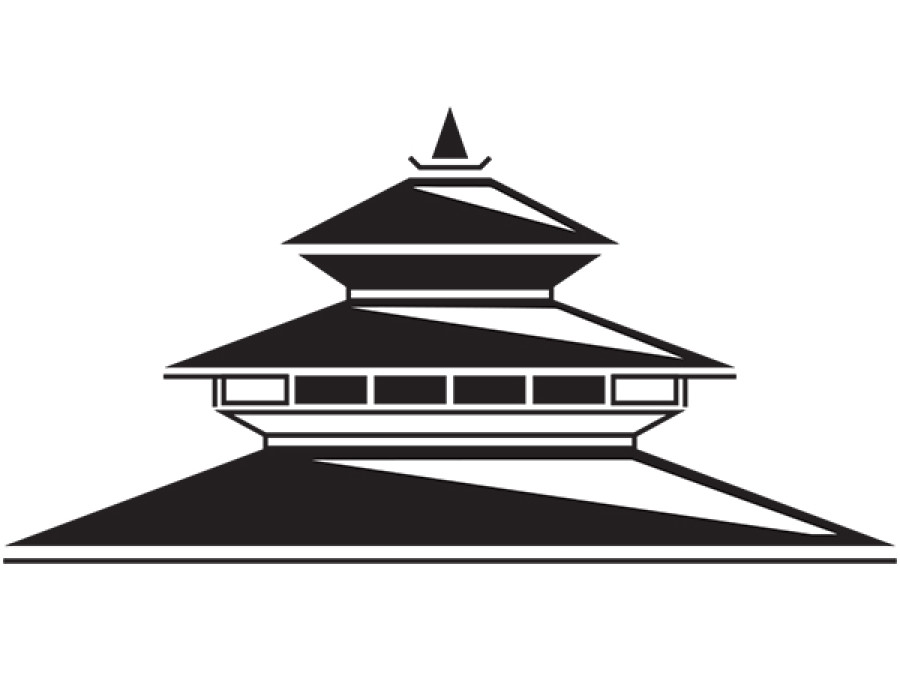
We can safely say that Nepal has passed an important milestone. Following the completion of the second phase of elections for the provincial assemblies and federal parliament yesterday, the voters have cast their final ballot to officially set Nepal on the way to realising a federal structure—a process that started in November 2006 with the signing of the Comprehensive Peace Agreement (CPA). From a Hindu kingdom, Nepal has now transformed into a federal democratic republic.
The last 11 years of transition has seen important changes. The successful integration of the Maoist party’s People’s Liberation Army was a huge step forward. In 2008, the Constituent Assembly (CA) was elected. Though it failed to bring out the new Constitution despite repeated extensions, it made the constitution drafting an inclusive process. By the time the country elected the second CA in November 2013, the NC and UML had regained much of their earlier strength and the Maoists had been relegated to a distant third. The parties were finally able to come up the new Constitution in September 2015, thanks to a compromise; the most contentious issue, the delineation and naming of the federal provinces, however, was cleverly left for the post-Constitution period.
That there are still some fault-lines in the current Constitution cannot be denied. For one, it could have spelled out greater representation of the minority groups and drawn provincial boundaries in a way that ensured proportionate representation of various ethnic groups; citizenship rights from mother to child could have been ensured, instead only from father. While the new constitution is a bit of let-down when one considers the great strides Nepal made after 2006, it is still a progressive document and that this newspaper has always held that any Constitution is an evolving document. It should evolve with time.
Nepal has passed a number of milestones in its storied history since the restoration of democracy in 1990. Periodic elections remain fundamental to a healthy democracy. The local elections held in September took place in two decades and the parliamentary elections in 18 years. Indeed, many have stressed that the exercise in itself is an important process.
The reasonably high voter turnout in these elections is a strong political statement. Local elections had a turnout of 75 percent, the first phase of provincial assembly and federal parliament elections 65 percent, and now the final phase 67 percent.
For this, three Prime Ministers—Pushpa Kamal Dahal and Sher Bahadur Deuba—and the Election Commission deserve praise. The EC had to contend with considerable time constraints and logistical issues, and play ball with the state’s demands. The high turnouts have also been possible due to the much needed electoral reforms; voter identity cards and easy access to voter rolls have contributed significantly to both high turnouts and avoiding proxy votes. PM Deuba, labelled with a tag of incompetence for failing to hold elections twice in the past, dusts off a huge burden of history.
With most of the political transition over, it is now time for the political parties to deliver on their larger promises. Nepalis desire political stability, which in turn will deliver prosperity. Nepal has seen 26 governments in 27 years. Thankfully, almost all the parties, from the old-school Nepali Congress and CPN-UML to the untested Naya Shakti and Bibeksheel Sajha Party, have put political stability and prosperity as their top election agenda. They must now make good on what they have campaigned on.
Parties and leaders should now demonstrate that democracy, of all the political systems, has the greatest room for self-correction.




 11.12°C Kathmandu
11.12°C Kathmandu
